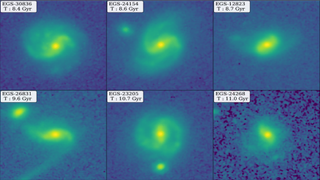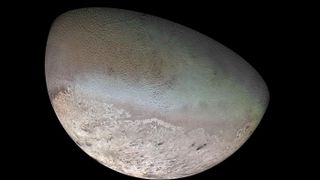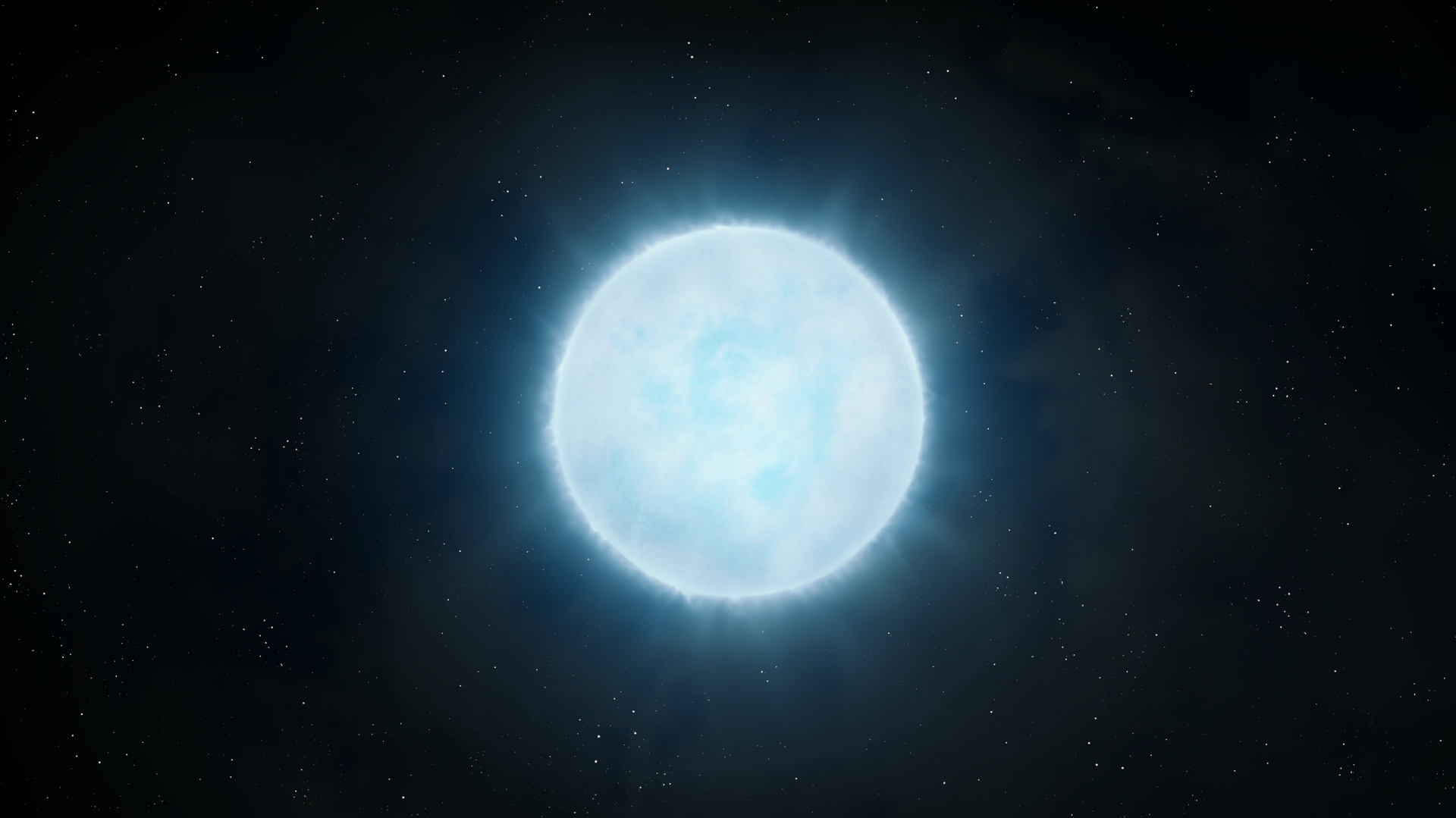
Briley Lewis
Briley Lewis (she/her) is a freelance science writer and Ph.D. Candidate/NSF Fellow at the University of California, Los Angeles studying Astronomy & Astrophysics. Follow her on Twitter @briles_34 or visit her website www.briley-lewis.com.
Latest articles by Briley Lewis
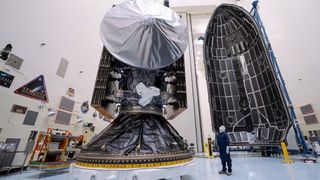
NASA's $5 billion Europa Clipper had a rocky road to space. How it switched rockets and more to launch to Jupiter
By Briley Lewis published
NASA's $5 billion Europa Clipper probe overcame huge obstacles, including a switch to an entirely different rocket, to launch toward Jupiter. Here's how it happened.
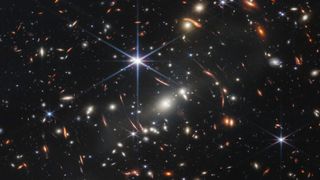
How AI is revealing the universe's original 'settings'
By Briley Lewis published
Astronomers used artificial intelligence to calculate the five cosmological parameters that describe the entire universe in computer simulations with unprecedented precision.
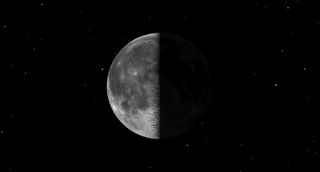
With space agencies racing to the moon, scientists are making a lunar 'time zone'
By Briley Lewis published
Scientists aiming to build a lunar GPS are trying to create a new lunar 'time zone' that's standardized with Earth time.
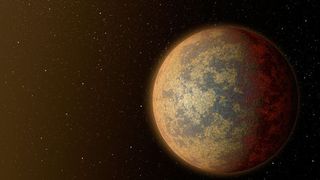
The oldest continents in the Milky Way may be 5 billion years older than Earth's
By Briley Lewis published
Several exoplanets at the edge of our galaxy could have formed continents — and advanced life — 5 billion years earlier than Earth, new research suggests.
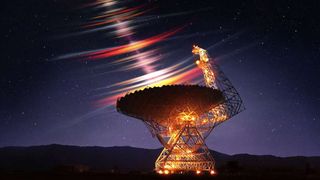
Shortest 'fast radio bursts' ever discovered last only 1 millionth of a second
By Briley Lewis published
Researchers have reported evidence of FRBs that each last for a microsecond — the shortest FRBs yet observed.
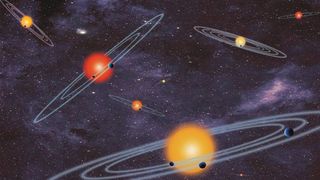
Mathematicians find 12,000 new solutions to 'unsolvable' 3-body problem
By Briley Lewis published
Calculating the way three things orbit each other is notoriously tricky — but a new study may reveal 12,000 new ways to make it work.
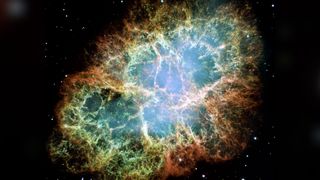
Crab Nebula: Everything you need to know
By Briley Lewis last updated
Reference The Crab Nebula, also known as M1 is one of the brightest supernova remnants in the sky. We explore the stellar corpse in more detail here.
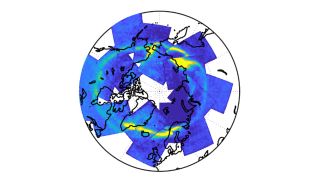
Satellites uncover 'invisible' auroras glowing in infrared in Earth's atmosphere
By Briley Lewis published
Scientists have observed an aurora glimmering in infrared light, created by the interaction of energetic cosmic particles and carbon dioxide in Earth's atmosphere.
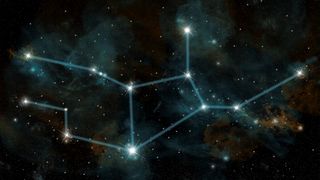
Virgo constellation: Location, stars and mythology
By Briley Lewis last updated
Reference Virgo is the largest constellation of the Zodiac and contains the bright star Spica, many exoplanets and deep-space objects.
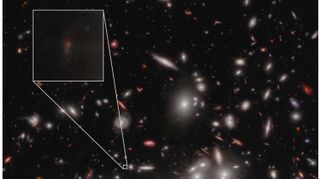
James Webb Space Telescope spots faintest galaxy yet in the infant universe (photo)
By Briley Lewis published
Astronomers using NASA's James Webb Space Telescope have confirmed the faintest galaxy yet seen in the early universe, a curious object that lies 13.3 billion light-years from Earth.
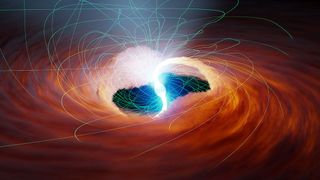
Bizarre object 10 million times brighter than the sun defies physics, NASA says
By Briley Lewis published
A bizarre 'ultraluminous X-ray source' shines millions of times brighter than the sun, breaking a physical law called the Eddington limit, a new study finds.

Scientists discover closest star-shredding black hole to Earth ever seen
By Briley Lewis published
Astronomers comparing maps of the universe uncovered the nearest example of a black hole devouring a star ever detected.
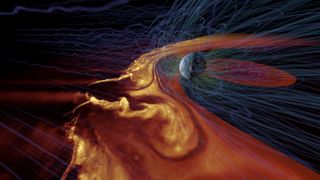
Strange radio signals detected from Earth-like planet could be a magnetic field necessary for life
By Briley Lewis published
Earth's magnetic field protects life on our blue planet — and astronomers just found evidence of a magnetic field on a rocky exoplanet 12 light-years away.
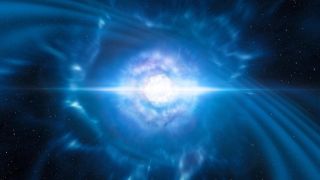
Bizarre object 10 million times brighter than the sun defies physics, NASA says
By Briley Lewis published
A bizarre 'ultraluminous X-ray source' shines millions of times brighter than the sun, breaking a physical law called the Eddington limit, a new study finds.
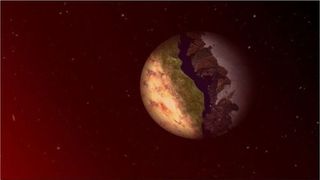
Aliens could be hiding in 'terminator zones' on planets with eternal night
By Briley Lewis published
Alien life could thrive in terminator zones, the edges between the light and dark sides of planets that are tidally locked with their host stars.

Curious cosmic coincidence could help explain fast radio burst mystery
By Briley Lewis published
Two mysterious cosmic phenomena appeared in the same patch of sky nearly at once, and it may not be a coincidence.
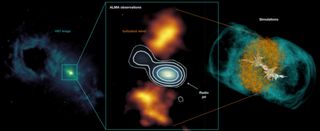
Supermassive black hole's relativistic jets are blowing bubbles in the Teacup Galaxy
By Briley Lewis published
New research investigates how relativistic jets from a supermassive black hole has been shaping the Teacup Galaxy, giving it its iconic handle.
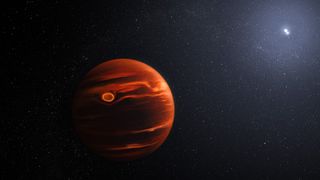
James Webb Space Telescope spies hot, gritty clouds in skies of huge exoplanet with 2 suns
By Briley Lewis published
JWST just peered directly into the atmosphere of the giant exoplanet VHS 1256 b and found a roiling world with turbulent clouds made of silicates, similar to sand here on Earth.
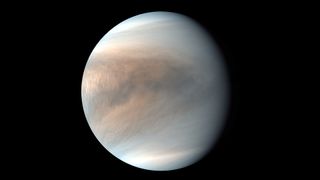
Chance encounters: Mercury probe and sun spacecraft provide new info about Venus
By Briley Lewis published
Data from BepiColombo and Solar Orbiter during Venus gravity assists reveal how a magnetic field protects the Venusian atmosphere.

Tricky alien worlds easier to find when humans and machines team up
By Briley Lewis published
A combination of citizen science and machine learning is a promising new technique for astronomers looking for exoplanets.
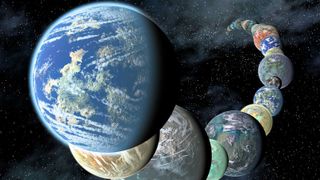
Astronomers can't wait to search for signs of life and massive black-hole mergers
By Briley Lewis published
From black holes to the search for life, scientific breakthroughs are on the horizon as new observatories come online.
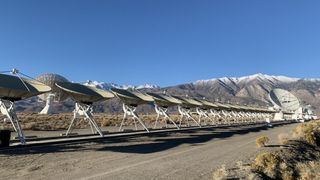
Astronomers weighed our Milky Way, and it's lighter than expected
By Briley Lewis published
Fast radio bursts are still a mystery, but new observations of this strange phenomenon may actually help astronomers learn more about our own galactic neighborhood.
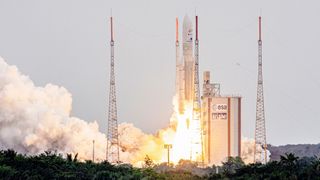
After the James Webb Space Telescope, what's the next big thing for astronomers?
By Briley Lewis published
With the James Webb Space Telescope safely at work, a leading scientist offers glimpses of what could come next.
Breaking space news, the latest updates on rocket launches, skywatching events and more!
